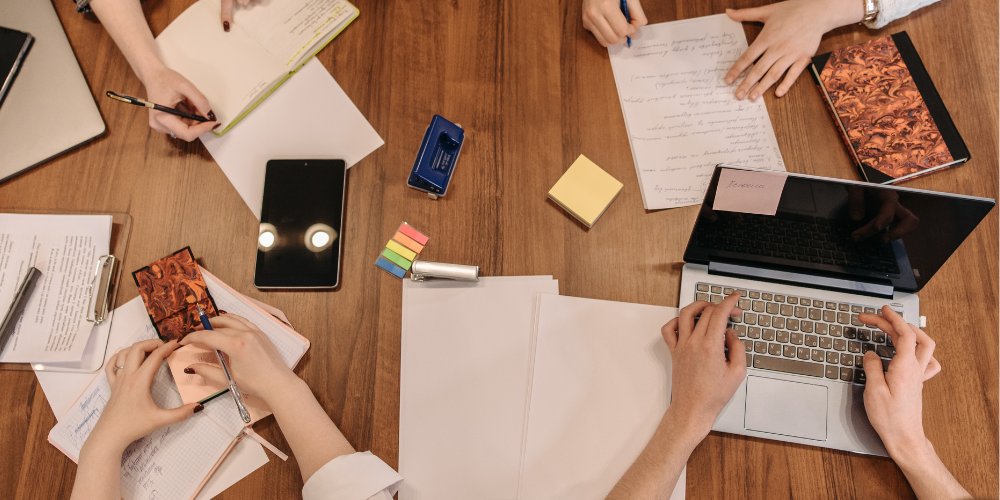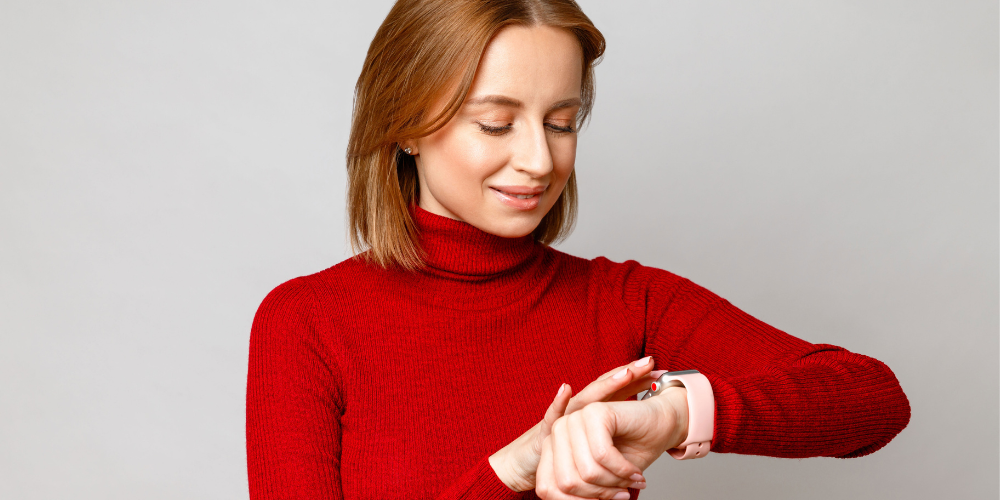City of Lights... That Never Sleep
Following on from our last blog which discussed the impact of social media on our mental health, this week in the iknowho office we’ve been discussing screen time, and the effects this has on us. We know the number of hours spent staring at our phones, computers, iPads and TVs is increasing, but how are those late night social scrolls manipulating our precious sleep time? What about the larger, long term side effects of our illuminated lives? Also, what can we do to counteract this impact?
Thanks to a lot of recent press on the issue, we are all too aware that we are soaking up way too many electronic waves from the devices we are constantly starting at and the electronically lit environment in which we live. This artificial light manipulates our body’s biological clock - the circadian rhythm - which in turn disrupts our sleep patterns. Primarily, it’s the blue wavelengths being emitted that cause this issue.
Now, the evidence says we don’t necessarily want to block these wavelengths out at the same level during the day, as they can be beneficial in boosting attention, reaction times and mood. Unfortunately though, studies conducted have suggested a link between nighttime light exposure and some cancers, diabetes, obesity and heart disease.
The science bit… exposure to light suppresses the secretion of melatonin, the hormone that influences our circadian rhythms. If your melatonin is reduced, then your body is going to be all out of whack (technical term) and you are likely to experience difficulty getting to and/or staying asleep. When we’re told that 7-8 hours sleep is the minimum we should be providing our bodies with each night to rejuvenate, repair and recover from everything we put them through, we really want to make this time count, and set ourselves up to enjoy the best quality sleep we can get.
You may have seen reading glasses with blue blocking coating now available in the market. This helps relieve eye strain and reduce the constant exposure to blue light from those on screens all day. However, this coating is only designed to block a percentage of the blue light out. By donning a pair of blue-blocking glasses you are allowing yourself to live in the modern, electronically lit environments we create for comfort and encouraging your hormones to behave more like your ancestors.
These glasses are designed to block the blue spectrum of light waves. Ideally, you should be putting them on as the sun sets, as this is creating an effect that represents the setting of the sun, allowing your circadian rhythms to be maintained. If you aren’t prepared to put them on before leaving the office in the winter months, at least 2 - 3 hours before you go to bed to allow your body to experience the reduction of light in the surroundings.
So, why can’t you wear your ‘sunglasses at night’ (thanks 80’s pop star Corey Hart)? Brown or yellow tinted glasses may block the light, but they aren’t specifically blocking the blue light waves. The best way to test your glasses is to look at the reflection in the lens; Proper blue blocking lenses will reflect blue.
It may feel a little strange at the start - and your dinner takes on a different shade, but speaking from personal experience, the results have been fantastic. I have always had trouble sleeping and have tried many strategies to help myself get to and stay asleep, some of which I still use (most of the time) as part of a good routine.
Since wearing the glasses from the time I get home after work until bedtime, I have felt myself become tired even if I have been working later into the night. This feels like natural tiredness and a way for my body to tell me it’s is ready to call it a day. In my home, we’ve seen a positive result. I guess you could say we now exist in a blue blocker zone from sunset and are noticing ourselves already feeling better for it. Oh, and don’t worry if you also need reading glasses - you can get a pair that goes over your regular glasses, everyone's covered!
I would recommend anyone who has trouble with sleep, uses electronic devices, or has lights on before they go to bed (well, that’s all of us!) to trial the use of blue blockers and see the difference for themselves!
References










